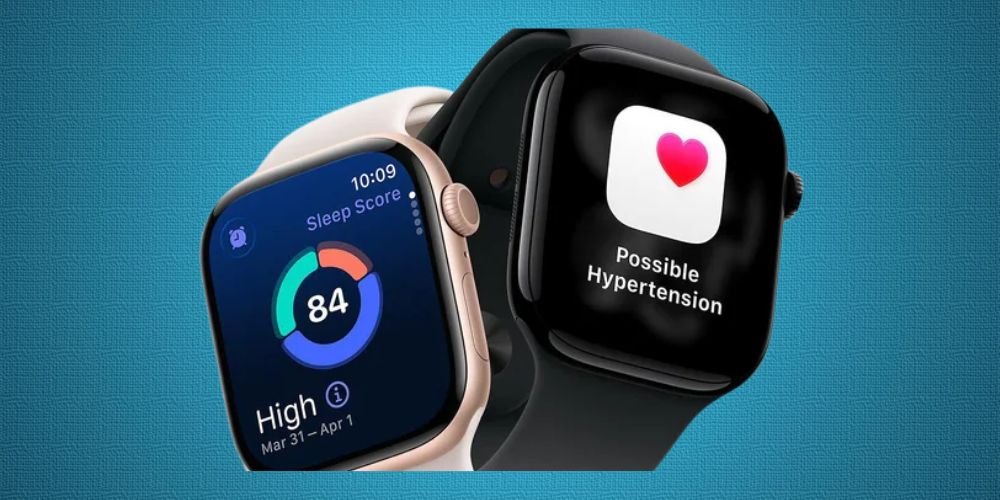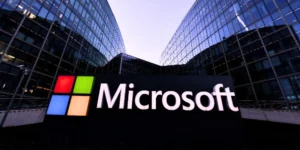Apple is revolutionizing early hypertension detection with a new AI-powered feature on its Apple Watch Series 9 and Apple Watch Series 11 models. Launching this Friday, the feature analyzes existing sensor data to identify potential high blood pressure in users, providing a notification encouraging them to verify the reading with a traditional blood pressure cuff and consult their physician. This innovative approach leverages the vast dataset collected from Apple’s ongoing heart and movement study, in which 100,000 participants have been involved since 2019. Through sophisticated machine learning algorithms and multiple layers of validation, including a dedicated study of 2,000 participants, Apple has developed a system precise enough to warrant FDA approval.
The technology represents a significant advancement in accessible healthcare. High blood pressure affects over a billion people globally, yet half remain undiagnosed, largely due to the inconvenience of traditional blood pressure monitoring. Apple’s approach aims to overcome this barrier by integrating the screening process seamlessly into users’ daily routines. The company’s commitment to user privacy ensures that data is analyzed in aggregate within the context of large-scale studies, safeguarding individual information.
The new feature will roll out to more than 150 countries, potentially impacting millions. Ami Bhatt, Chief Innovation Officer of the American College of Cardiology, commends Apple’s careful approach, highlighting the potential for early detection and prevention of serious complications, such as heart attacks, strokes, and kidney disease. However, Bhatt also emphasizes the crucial need to stress that the notification is not a replacement for traditional blood pressure measurements or professional medical diagnosis. The potential for false negatives, which can lead to a false sense of security, is also acknowledged as a concern.
While the Apple Watch feature is a promising step towards more readily available healthcare, its limitations must be understood. Users should view the notification as a prompt for further investigation, rather than a definitive diagnosis. This proactive approach, when combined with traditional medical practices, holds the potential to significantly improve global health outcomes.









